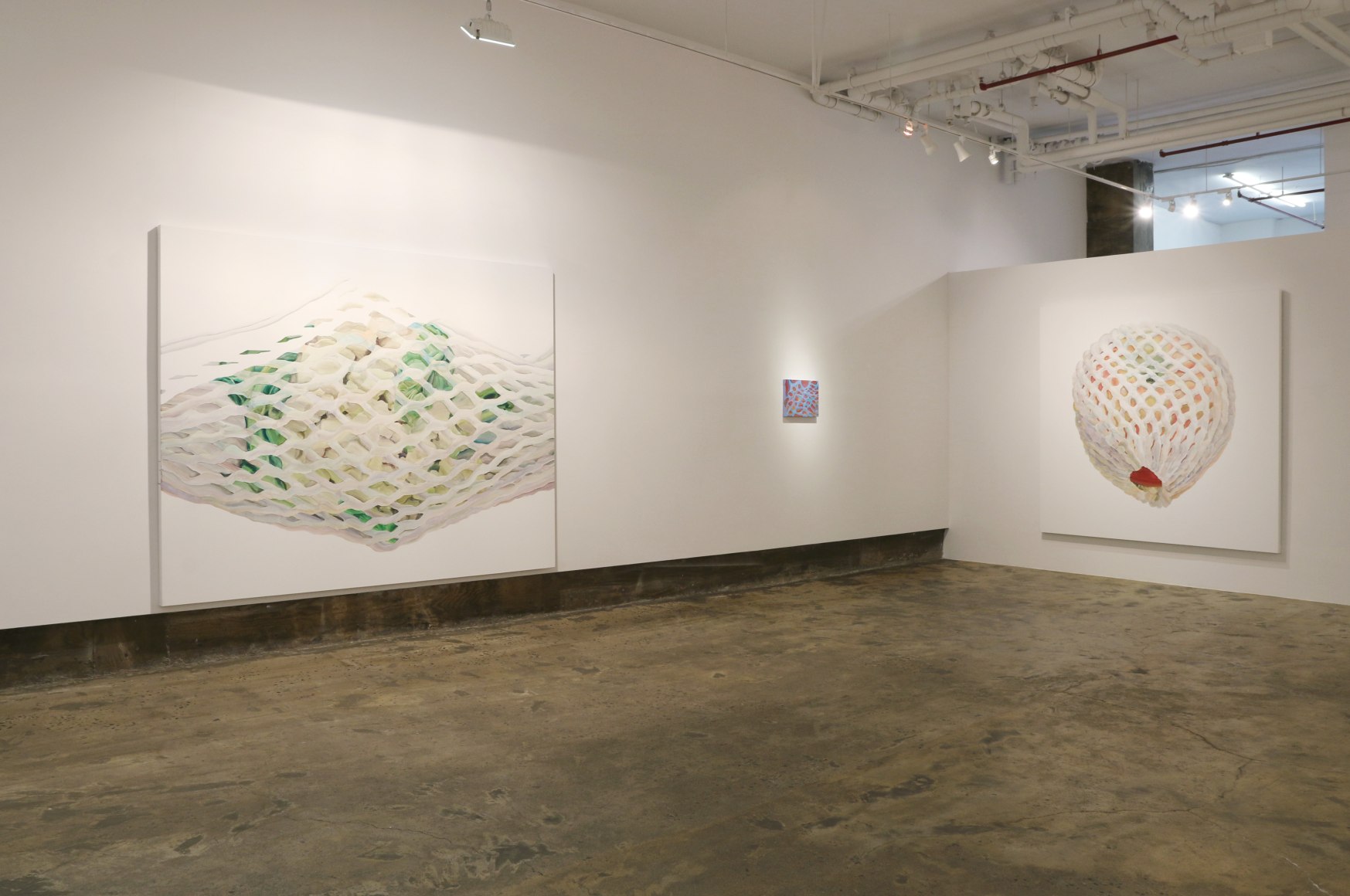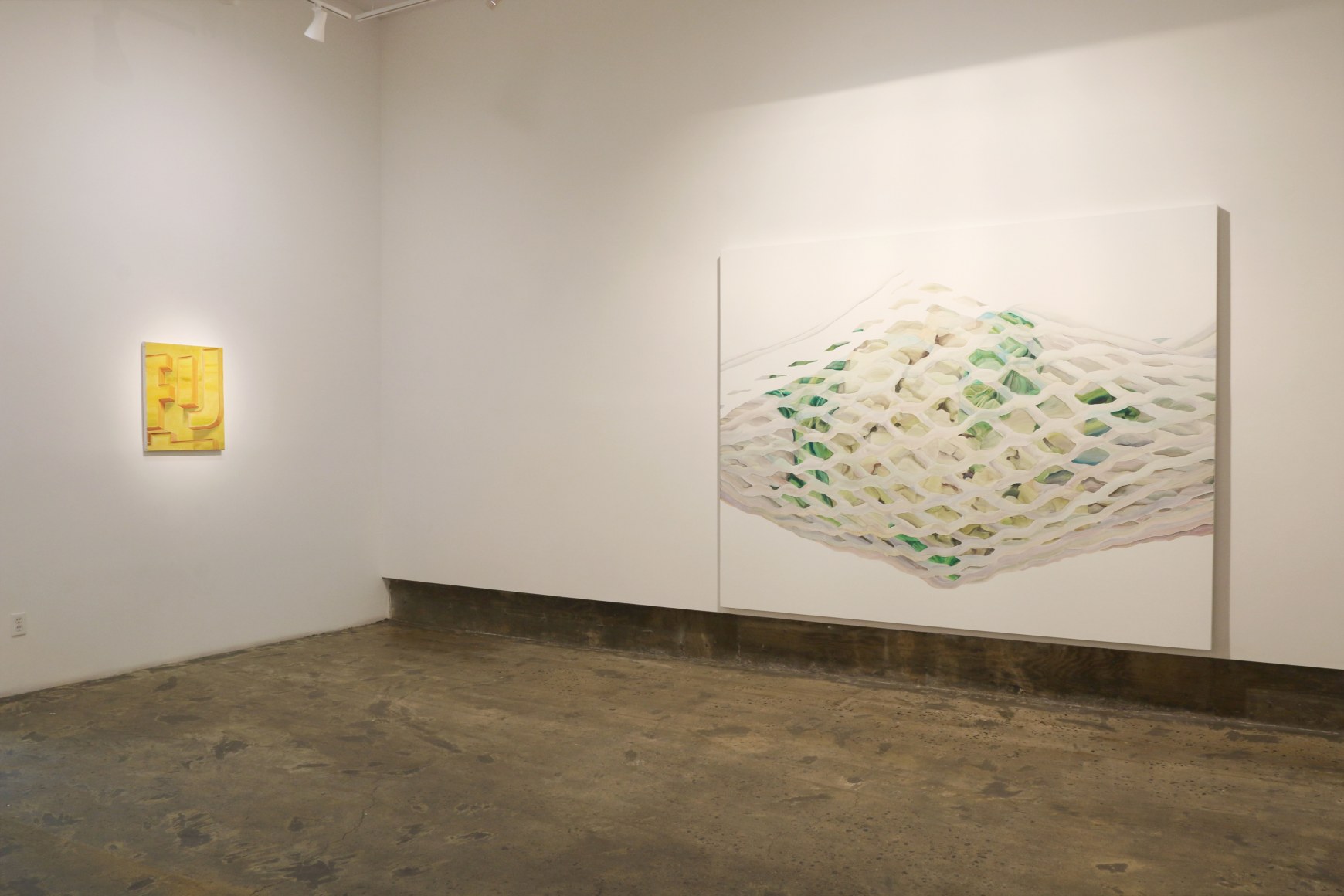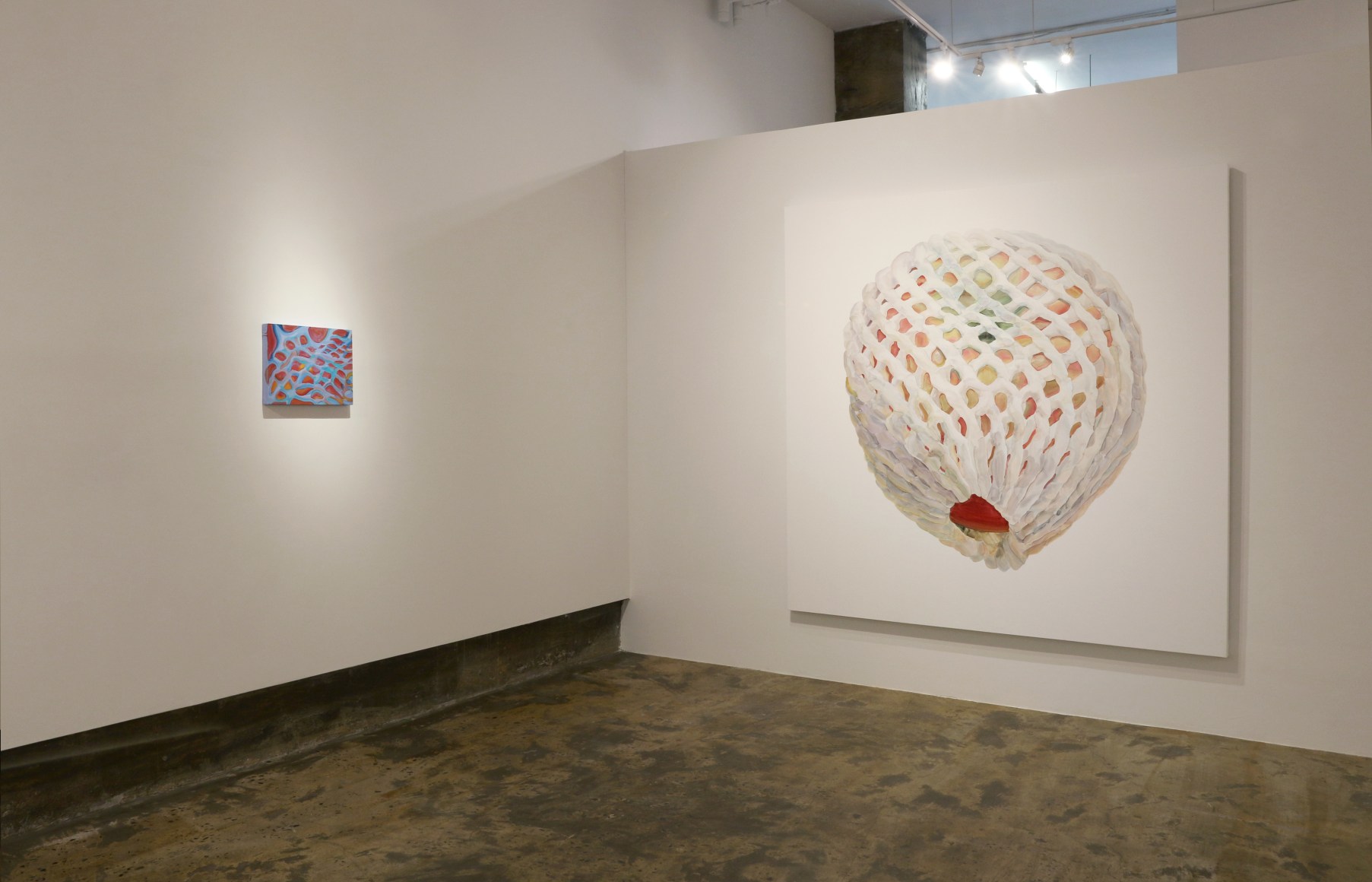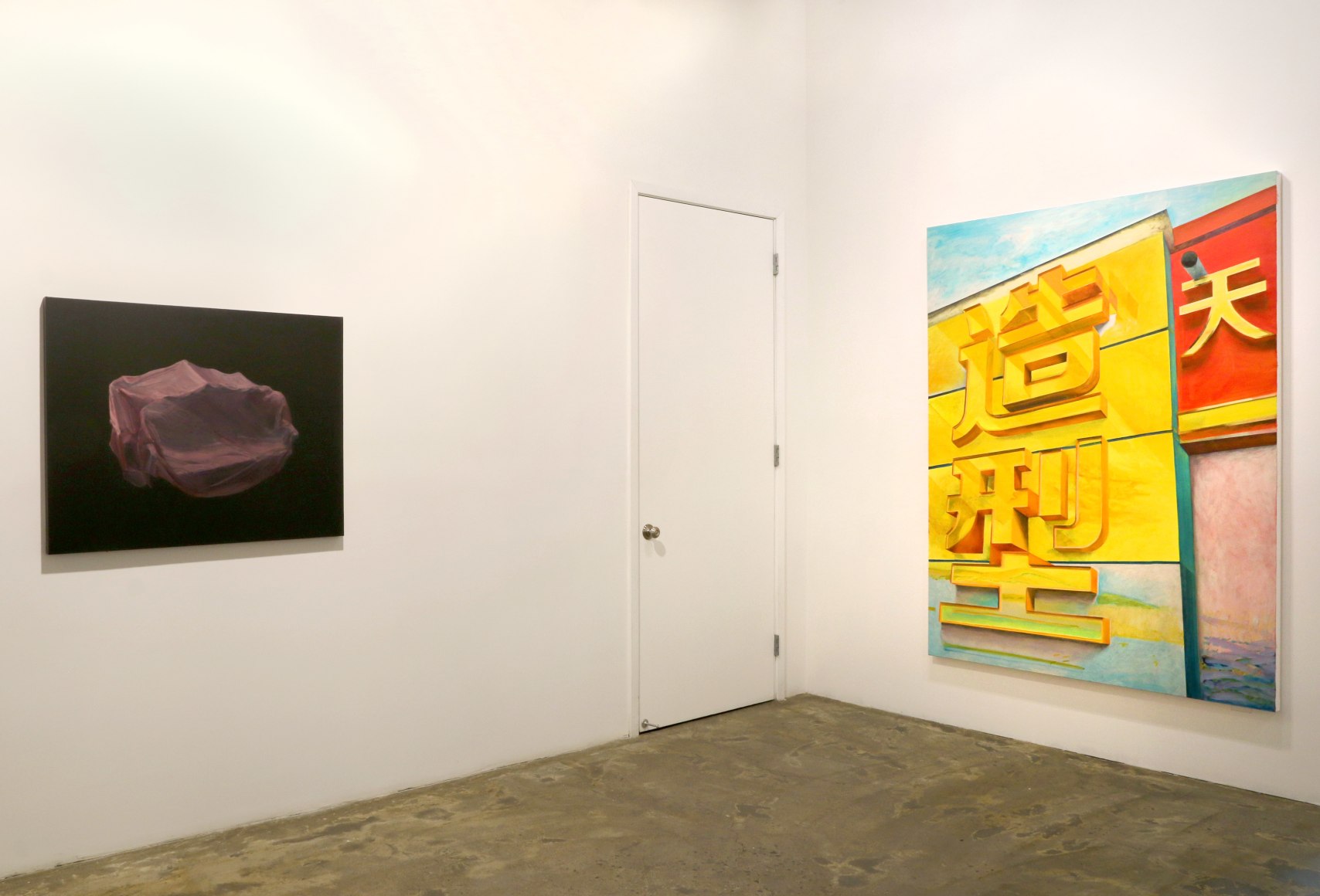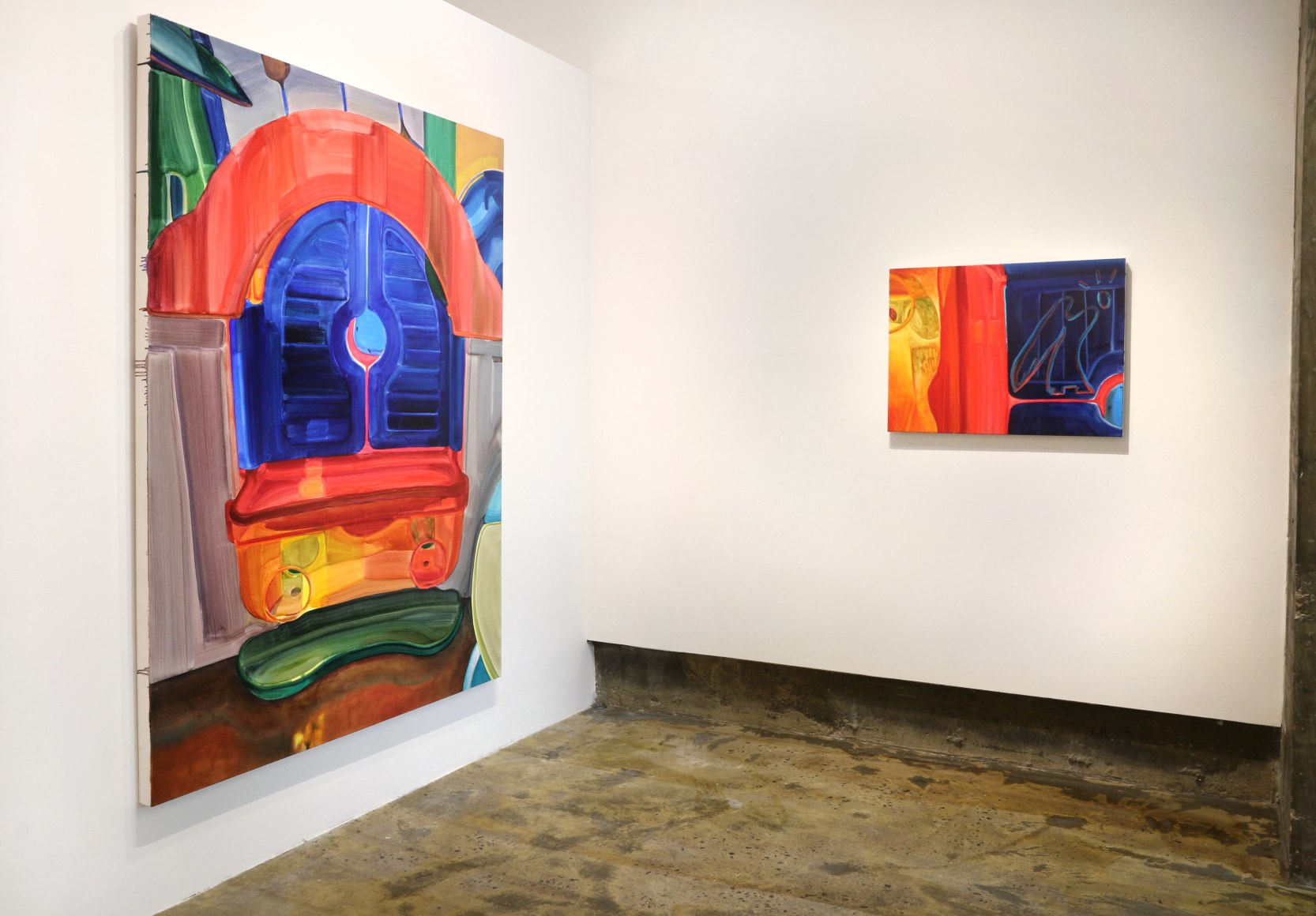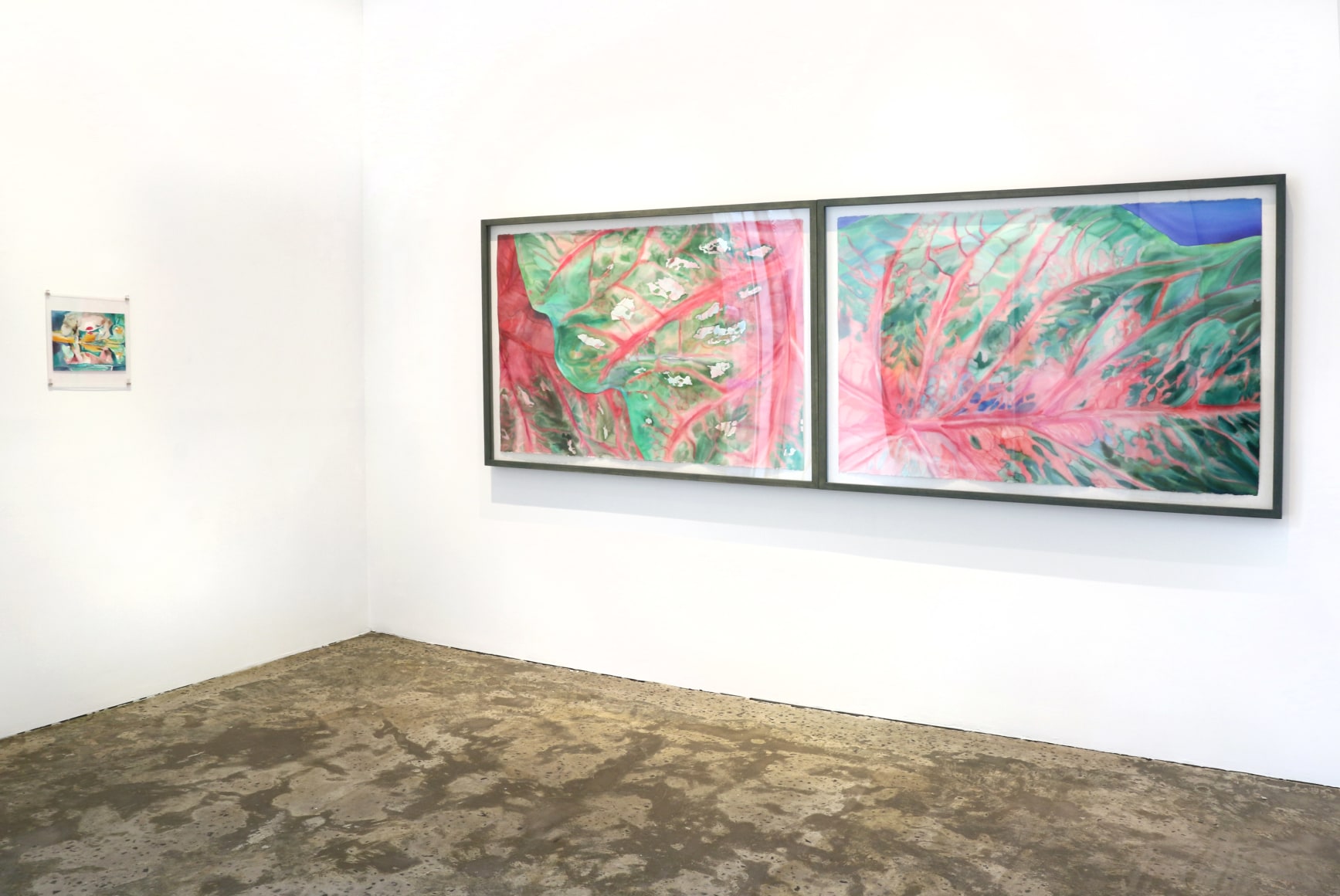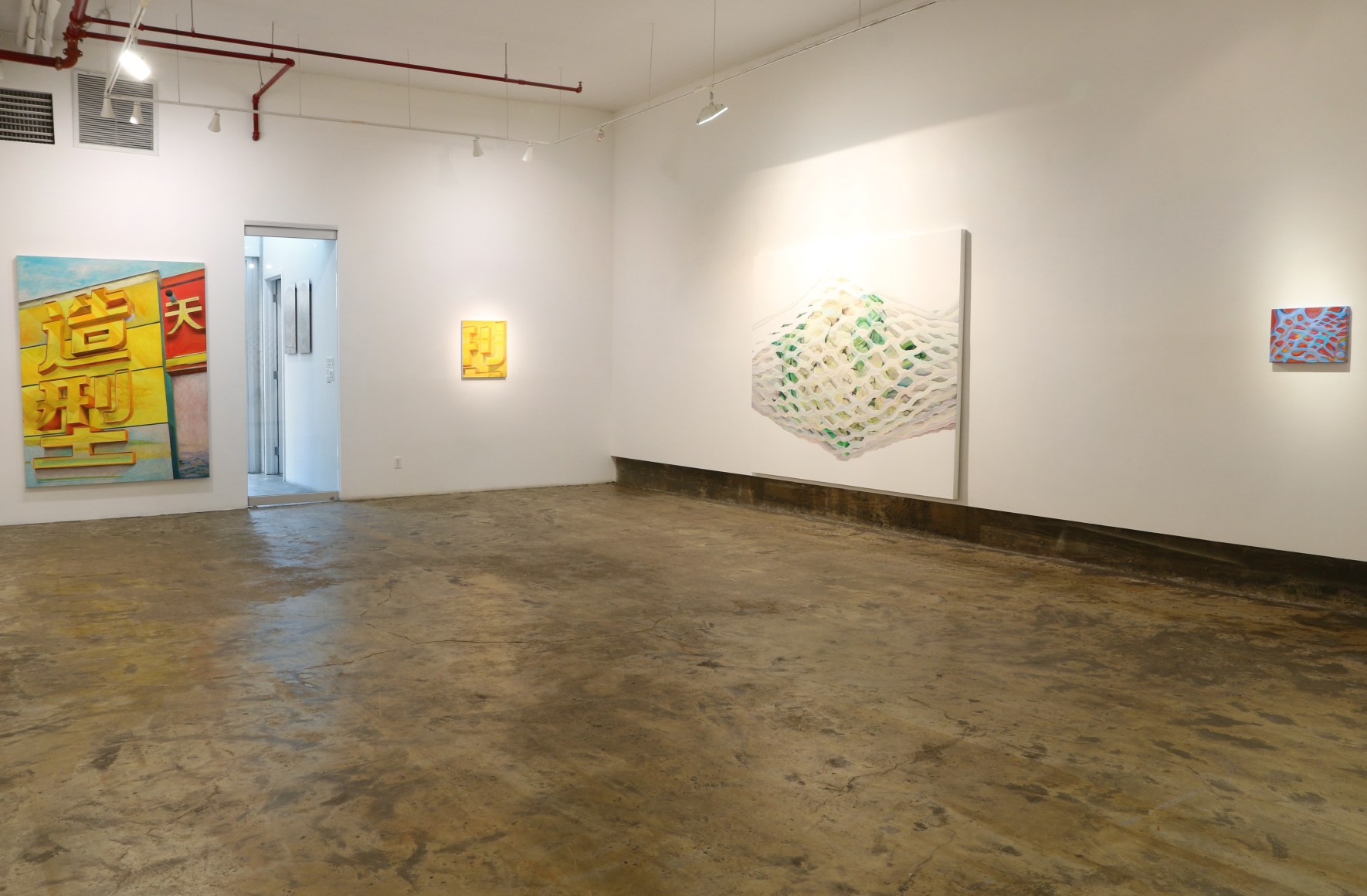Chambers Fine Art is pleased to announce the opening on November 16 , 2017 of Guo Hongwei: Plastic Heaven. Since Things, his first exhibition at Chambers Fine Art in 2009, Guo Hongwei has continued to focus on painting although in The Great Metaphorist in 2014 he adopted a multi-media approach for a metaphorical exploration of the daily commute between his home and studio. In spite of this temporary diversion, in the last decade he has produced a remarkably varied group of paintings and water colors in which manmade objects and materials from the natural world are transformed by his innovative handling of watercolor and unusual combinations of different pigments and media in his oil paintings.
Plastic Heaven follows immediately after the closing of The Pre-existent Painting at Chambers Fine Art in which he developed ideas first explored in Painting is Collecting of 2012. In these exhibitions his great love for and extensive knowledge of the way in which specimens from the natural and mineral worlds have been collected, depicted and classified since the Renaissance i provided the thematic material for the display of his remarkable virtuosity as a watercolorist. In The Pre-existent Painting he explored analogies between the growth patterns of minerals and the behavior of watercolor with waste materials from industrial painting processes that grow organically through the accumulation of dust and other materials.
Simultaneously with the production of the seventy or more small watercolors and the other components of this exhibition, Guo Hongwei was working on a new series of oil paintings which focus on the anonymous, manmade subject matter which he has always favored for the challenges it presents to his painterly skills. Mixing his oil paints with a variety of different varnishes and experimenting with traditional materials such as megilp, a mixture of mastic resin and linseed oil widely used in the 19th century, Guo Hongwei is able to create ‘confined’ brushstrokes which can be manipulated separately in order to create different textures and forms. He carefully lays down each brushstroke in response to the appearance of the objects he depicts – a piece of fruit wrapped in plastic and enlarged until it is recognizable, or a blanket thrown over an unrecognizable object as in Transformed by the Setting Sun –and adds a metaphorical layer through the choice of poetic and allusive titles.
Even although Guo Hongwei’s paintings have become more colorful and painterly since Things, they are painstakingly constructed and subject to numerous drastic revisions during the process of execution. In a discussion of his approach to painting, he has spoken of the way in which each brushstroke can change the entire composition, however strong the methodology of the artist. Rather than attempting to replicate the three –dimensional qualities of objects through the fusion of multiple brush-strokes, closely related in tonality, he constructs them through an accumulation of painterly inventions, each one highly distinctive.
Depending on whether he uses white or a black ground, his paintings vary greatly in visual impact. There is a distinct contrast between works in which single objects are depicted in isolation on a monochromatic ground and others in which the surface of the canvas is covered with pigment although the images that result are generally enigmatic and hard to identify. At first glance the brilliantly colored The Gate appears to be an eccentric abstraction although the artist has confirmed that the imagery is based on a plastic walker used by Guo’s young son while learning to walk. In contrast the Chinese characters in Plastic Heaven are based on a photographic image that caught his attention although they are deprived of definite meaning during the process of painterly transformation into a taught composition bristling with energy. Opposed to the notion of painting in series, Guo seeks the perfect match between of thematic content, whatever its source, and the multitude of brushstrokes, each one unique and carefully considered as it relates to the whole. This approach leads to the remarkable diversity of the new body of work.

